Algae can turn your beautiful garden furniture into a green, slippery mess. Moist conditions, shade, and rain encourage its growth, especially on wood, plastic, or metal surfaces. Regular cleaning is essential to maintain your furniture’s appearance and longevity. While some homeowners avoid it, knowing the right techniques can make the process simple and effective. Below, we explore five tried-and-tested methods to clean algae off garden furniture, each with practical tips and precautions for best results.
1. Vinegar Solution Cleaning
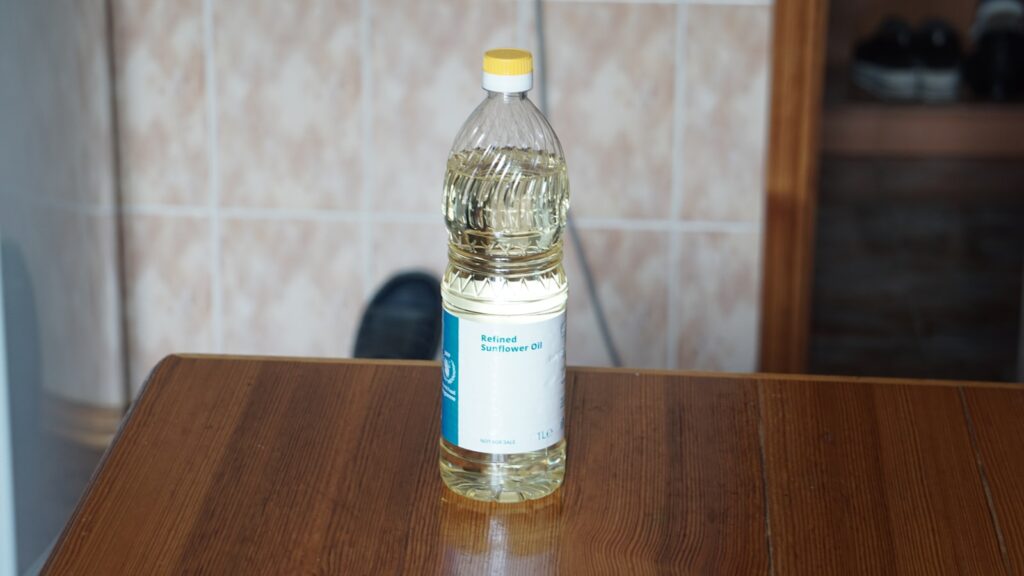
White vinegar is an eco-friendly alternative to chemical cleaners. Mix one part vinegar with one part water and apply to affected areas using a spray bottle or cloth. Let it sit for 10-15 minutes, then scrub gently with a soft brush. Vinegar’s acidity breaks down algae without harming most surfaces, including metal and plastic. After cleaning, rinse thoroughly to remove any leftover acidity. This method is cost-effective, safe for children and pets, and works well on furniture that frequently stays damp, such as pieces under trees or shaded patios.
2. Lemon Juice Application
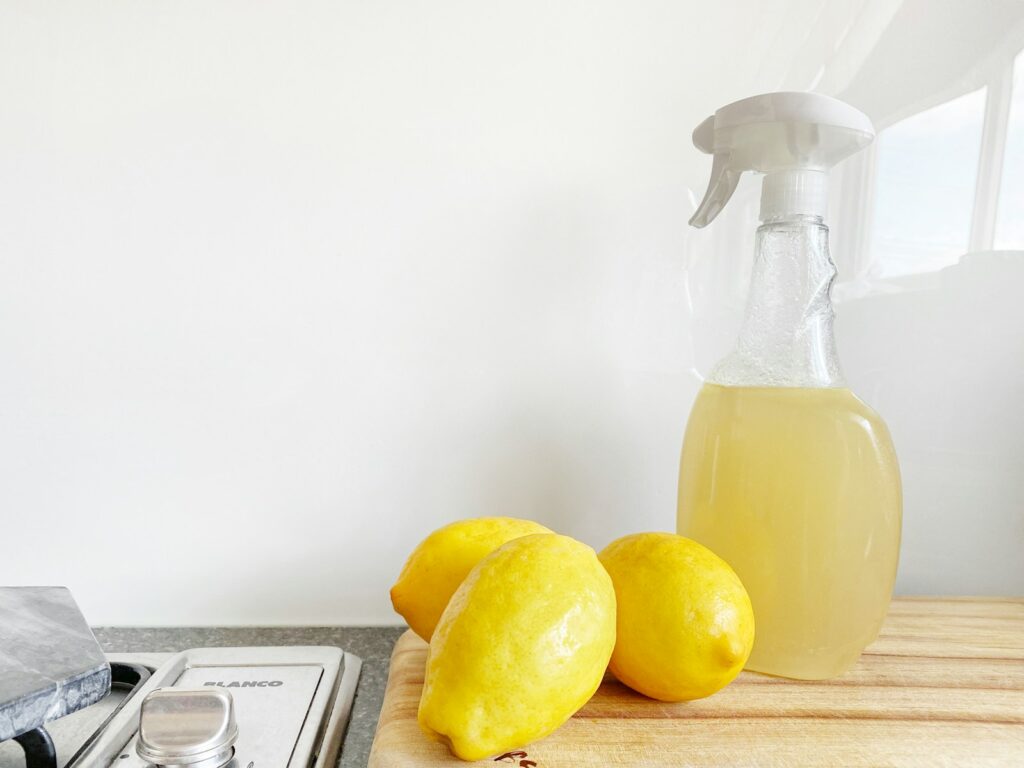
Lemon juice contains natural acids that help remove algae stains. Apply freshly squeezed lemon juice to affected surfaces and allow it to sit for 15-20 minutes. Scrub gently with a brush, then rinse with water. This method is particularly effective on light-colored wooden furniture, as it also brightens the surface. Lemon juice is non-toxic and safe around children and pets, making it a natural, environmentally friendly choice for maintaining the cleanliness of garden furniture.
3. Bleach-Based Treatment
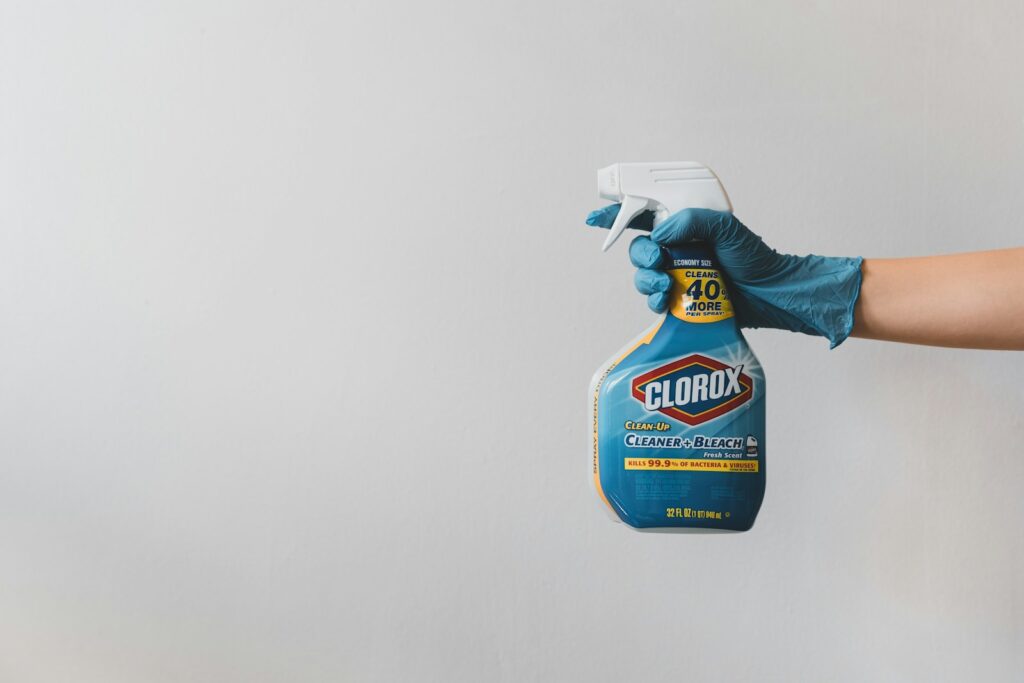
For stubborn algae, a bleach solution can be highly effective. Mix one part bleach with four parts water and apply carefully to affected areas using gloves and a brush. Avoid oversaturating wooden furniture to prevent damage. Let it sit for a few minutes, scrub lightly, then rinse thoroughly with water. Bleach kills algae spores quickly, preventing future growth. Use this method sparingly and only outdoors, as bleach fumes can be harmful. Proper rinsing ensures your furniture is safe for family use and restores surfaces to their original appearance.
4. Pressure Washing
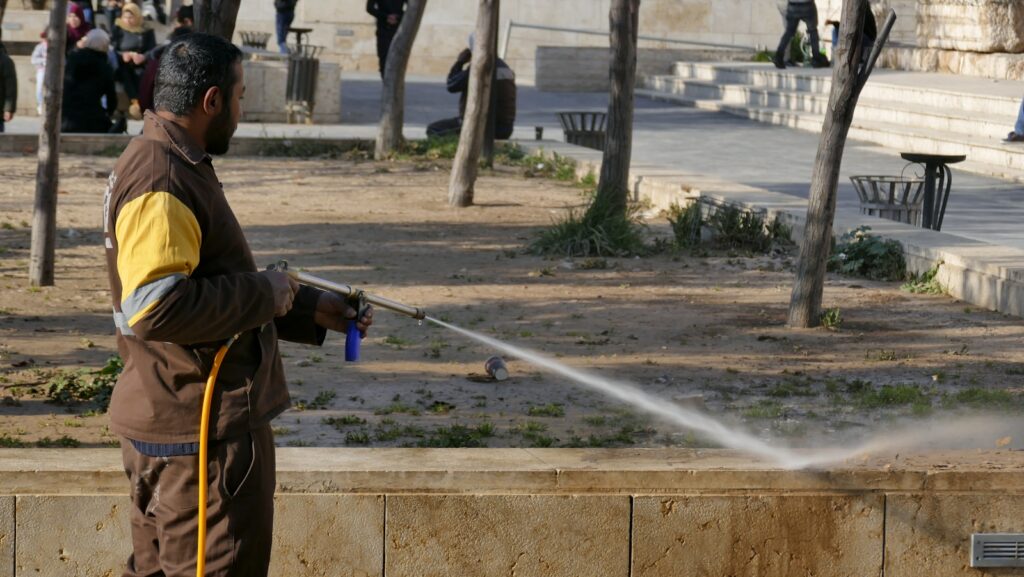
Pressure washing is ideal for large or heavily soiled furniture pieces. Using moderate pressure, aim the water stream at the algae, keeping a safe distance to prevent surface damage. This method works particularly well on plastic, metal, and treated wood furniture. Avoid excessive force, especially on older wooden furniture, which can splinter or crack. After washing, allow the furniture to dry completely in sunlight, which also helps inhibit future algae growth. Regular pressure washing can reduce the need for harsh chemicals and keeps outdoor furniture looking fresh.
5. Baking Soda Paste
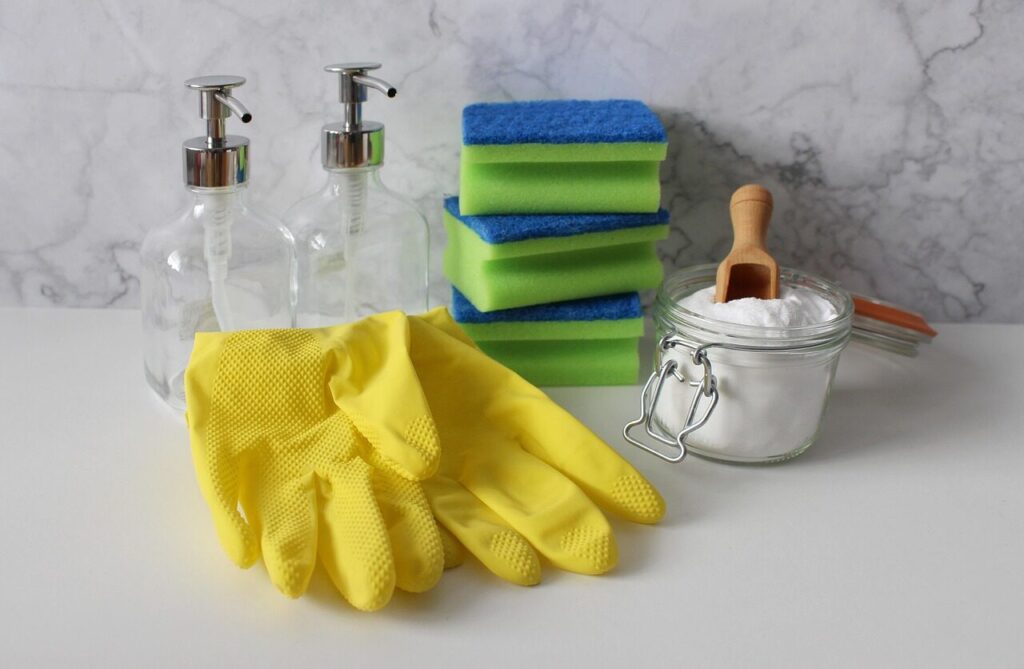
Baking soda is gentle yet effective for removing algae without harsh chemicals. Make a paste with water and apply to algae patches, scrubbing with a soft brush or cloth. Baking soda’s abrasive texture lifts algae, while its alkaline nature prevents rapid regrowth. After scrubbing, rinse thoroughly with water and let furniture dry under sunlight. This method is especially safe for wooden and plastic surfaces and can be repeated as often as needed. Regular use of baking soda prevents stubborn stains, making your outdoor furniture more resilient to mossy or algae growth.
Comments